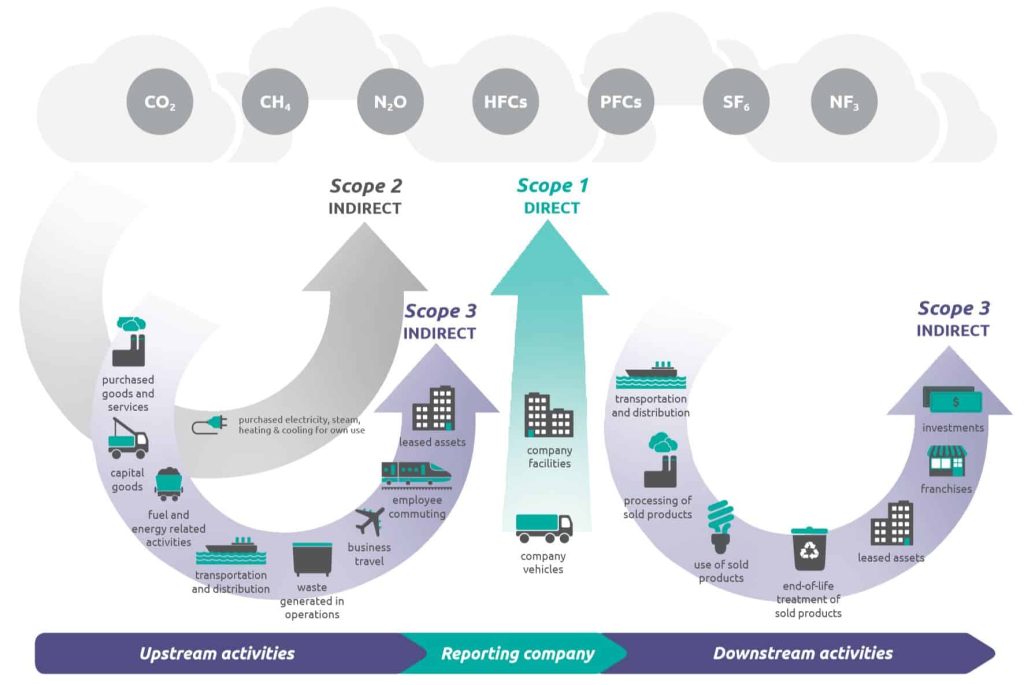
Sandpiper Group Announces Senior Appointments Across Asia Pacific

Sandpiper Opens in Dubai
New Zealand Leading the Way on Climate Reporting
February 2024

By Camille Middleditch, Deputy General Manager of Sandpiper’s office in New Zealand. Camille specialises in Environmental, Social, Governance (ESG) advisory and investor communications. She works across a range of sectors including energy and environment, healthcare, infrastructure, technology, and financial services.
The first mandated reports using the New Zealand climate standards will be published in the coming months for large publicly listed companies, insurers, banks, non-bank deposit takers and investment managers, also known as Climate Reporting Entities (CREs).
The climate standards as based on the recommendations from the Taskforce for Climate related Financial Disclosures (TCFD) and requires CREs to articulate how they approach governance, strategy, risk management, and metrics and targets in relation to climate risks.
The disclosures primarily aim to support the allocation of capital towards a low-emissions model of economic activity enabling investors and financial institutions to evaluate climate risks more effectively and make informed decisions when determining asset allocations.
With growing pressure from stakeholders to decarbonise and report on climate risks, companies are facing requirements to report not only on their own emissions, but also on emissions across their entire value chain.
What are NZ Climate Standards?
The ultimate aim of Aotearoa New Zealand Climate Standards is to support the allocation of capital towards activities that are consistent with a transition to a low-emissions, climate-resilient future.
- NZ CS 1 – Provides a framework for entities to consider climate-related risks and opportunities.
- NZ CS2 – Outlines a limited number of adoption provisions.
- NZ CS 3 – Establishes principles and general requirements.
A positive knock-on effect
By virtue of mandating the big players, there are unavoidable implications on small and medium-sized enterprises (SMEs) which form the bulk of supply chain partners and can constitute up to 90 percent of the emissions profile for larger organisations, known as Scope 3 emissions. To maintain competitiveness SMEs must, therefore, begin to understand, manage, and articulate their emissions profile – something that will support New Zealand’s emissions reduction.

To recap or explain…Scope 1 emissions are direct emissions from operations that are owned or controlled by the company, Scope 2 emissions are emissions from the generation of purchased or acquired electricity, steam, heating or cooling consumed by the company, and Scope 3 emissions are all other indirect emissions (not included in Scope 2) that occur in the value chain of the company.
This is where the knock-on effect to other businesses (and New Zealand’s emissions profile) kicks in.
As an example, Fonterra, the New Zealand based dairy co-operative, set its goal to reduce Scope 3 emissions associated with on-farm intensity by 30 percent by 2030. By focusing on intensity, the co-operative is recognising the requirements of its local and international customers and consumers, and requires its farmers to demonstrate emissions efficient practices, to continue supplying to Fonterra. This kind of requirement, including in supplier bids for new contracts necessitates a clear understanding and articulation of your business’ emissions data.
But this cannot be achieved in isolation.
Telling a complete and joined up story
To tell a complete and joined up sustainability story, your narrative needs to be balanced and verified. NZ Climate Standard 3 clearly outlines the principals CREs need to follow for their disclosures.
Another useful guide are the GRI reporting standards (one of the most widely recognised reporting standards for good sustainability reporting) including transparency, reliability, timeliness, accuracy, balance, clarity, and comparability. The foundations for all of these, relies on detail that you can measure and subsequently track.
In essence, what gets measured gets managed, and what gets managed builds a credible story.
No longer is it acceptable to simply talk about what you are going to do. To avoid greenwashing and to meet regulation and the expectations of investors, consumers, employees, supply chain partners, and banks, you need to tell an authentic narrative that is supported by data and evidence.
If you are falling short compared to your peers, or where you have set out to be, it is important to include a narrative to explain why, and how you are going to improve. Companies that overlook this or omit this detail risk losing credibility.
The CREs know this well and have been preparing for the climate related disclosures since the initial consultation was brought to the market in October 2021. Many of New Zealand’s biggest companies including Westpac, Mercury, and Air New Zealand are early adopters, placing them in good stead for 2024.
For many companies, however, this year will be their first-time publishing their climate standard disclosures, so they are likely looking to the early adopters to help shape their approach to communicating their disclosures.
The New Zealand External Reporting Board (XRB), has not directed where disclosures should be published and no single trend has emerged yet, with early adopters in 2023 varying between a separate disclosure report (IAG), a complete sustainability report including NZ climate disclosures (Air NZ) and an annual report/fully integrated report with all financial and non-financial reporting (Mercury).
Looking beyond 2024
As New Zealand companies become better at forecasting the financial impacts of their climate risks, we may see a more integrated approach to reporting where sustainability is inherent to a company’s business model, with financial and non-financial information included together, building a narrative that demonstrates, long-term sustainable value. This would include climate related disclosures alongside other sustainability reporting on social and governance issues – widely regarded as best practice reporting in the UK.
And while New Zealand CREs are reporting on climate related disclosures, nature related disclosures are anticipated to follow soon.
When so much of New Zealand’s economy relies on the natural environment for its operations – forestry, farming, energy, agriculture (and these operations include some of our biggest emitters), it is vitally important that we protect our biodiversity and understand the direct and indirect impacts of business activities on nature loss.
The Taskforce for Nature-related Financial Disclosures (TNFD) published its final recommendations in September last year, and it’s likely we will be hearing more about this from the XRB in 2024.




